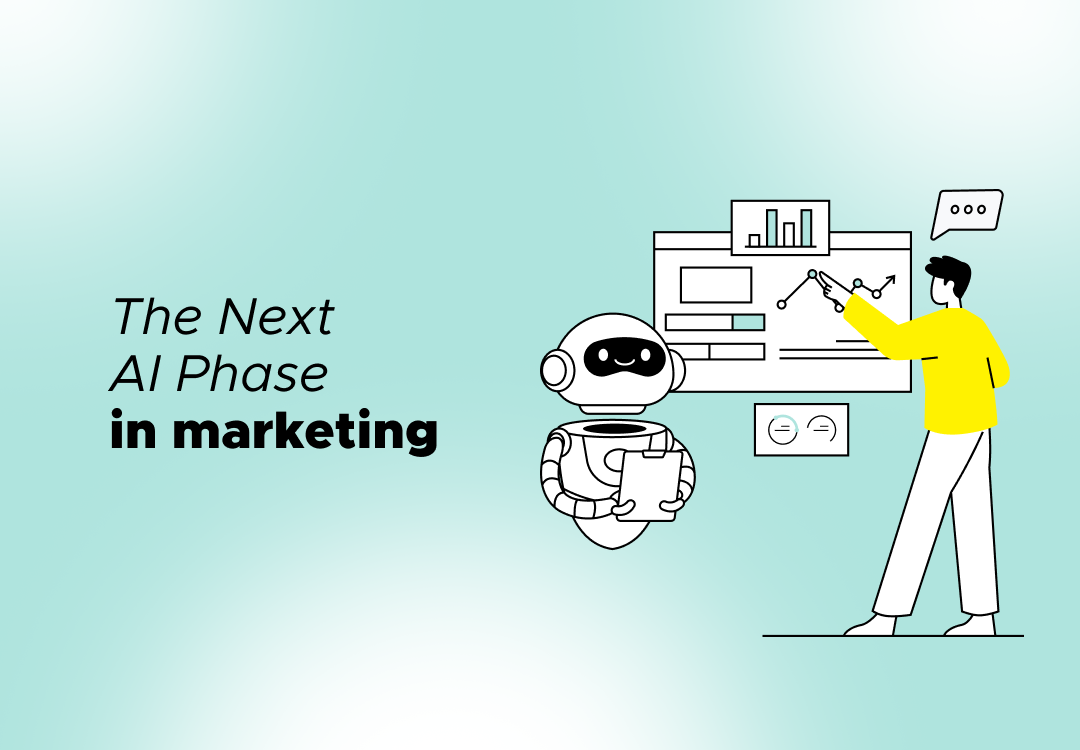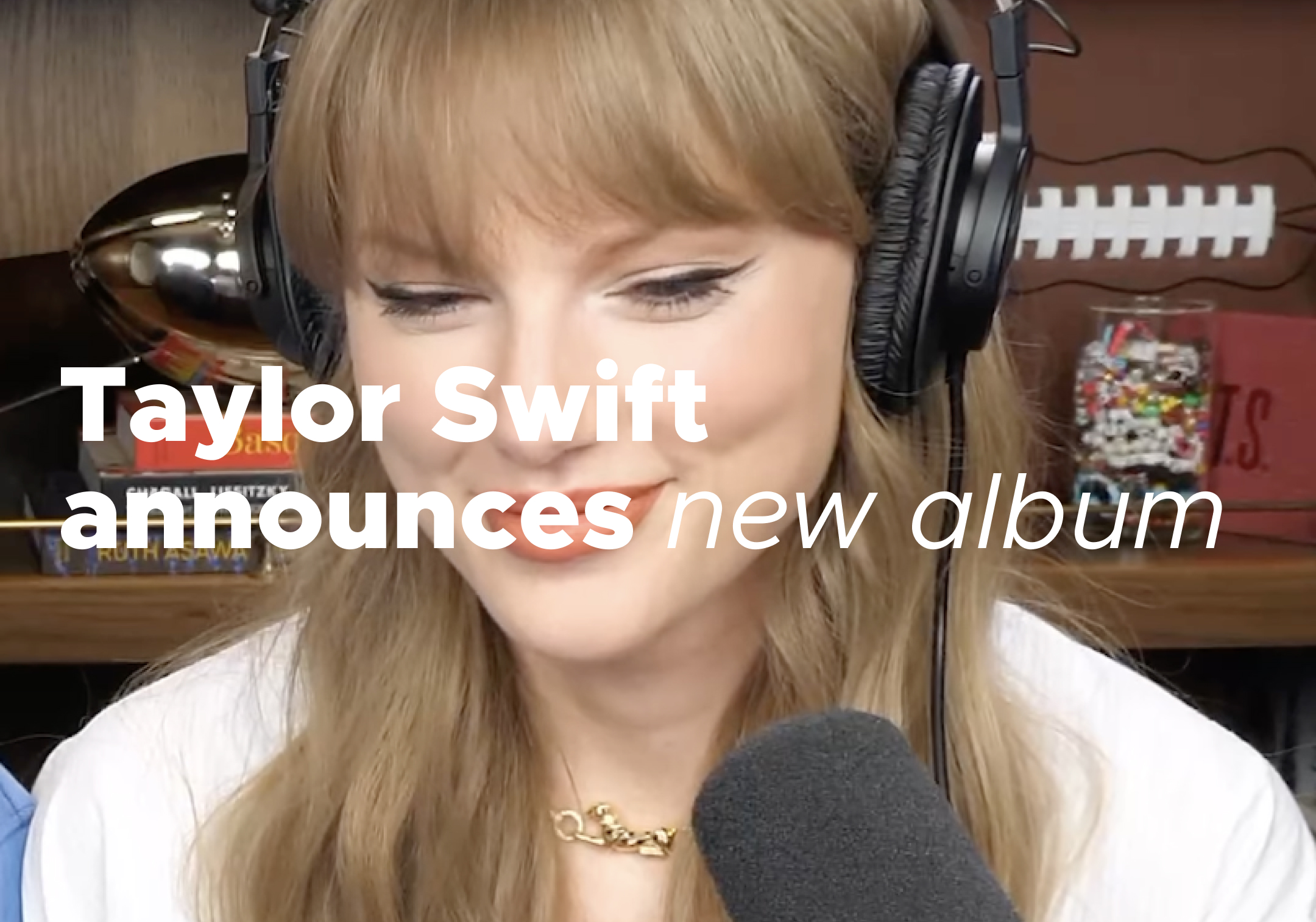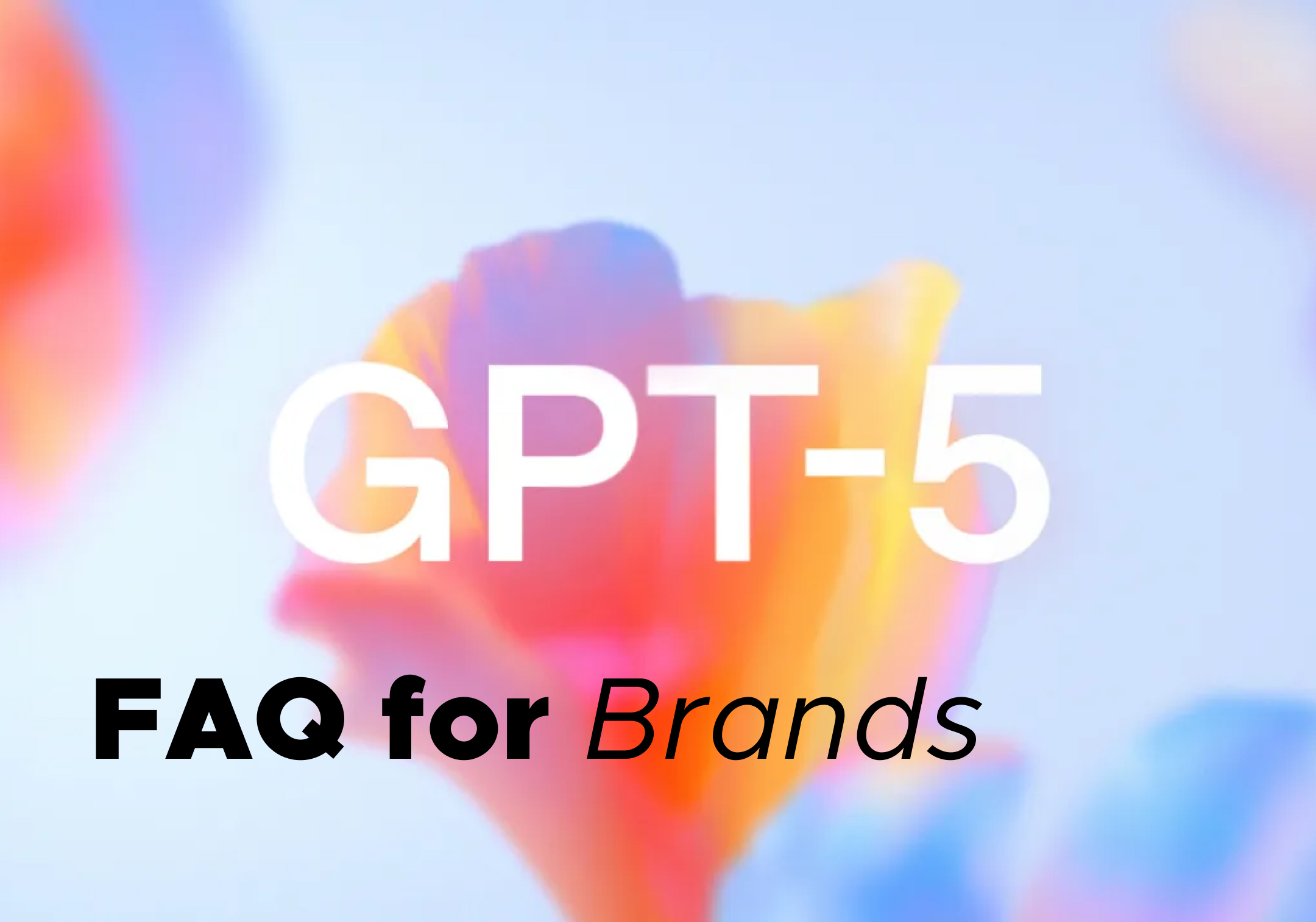Back to Basics? Are We Seeing Social Media Reverse?
Social media is changing. Outdated filters, lo-fi edits, and ad-free apps trends signal a cultural reset - connection over performance. Here’s what it means for creators and brands.
Agosto 12, 2025

Are we witnessing a cultural reversal – a return to the original promise of social media as a space to connect, not perform?
We’re seeing creators lean into outdated filters, audiences celebrate “cringe,” and brands experiment with unpolished content. TikTok is testing an ad-free app. Instagram’s early filters are back in circulation. And overlay texts reading “go outside,” “touch grass,” or “call your mom” are trending – not as jokes, but as sincere gestures of digital reset.
The Rejection of Polish
Where social media once demanded aspirational aesthetics, it now rewards emotional honesty. Across platforms, creators are leaning into the imperfect:
- Blurry selfies, throwback filters, chaotic carousels – formats that once signaled digital amateurism – are being repurposed as symbols of authenticity.
- Micro-creators are gaining traction with intentionally awkward videos, rough edits, and emotional transparency.
- The tone is shifting from “look at me” to “this is me” – quirkiness and whimsicality included.

This isn’t just retro styling. It’s a creative rebellion against a decade of content that was overly produced and algorithmically optimised.
Take Addison Rae, for example. Once a face of Gen Z polish, her recent posts embrace a rawer, moodier aesthetic – grainy filters, emotionally coded color palettes, and lo-fi compositions that evoke early Instagram energy. Her feed feels like a cross between a teenage diary and a scrapbook, tapping directly into a growing cultural appetite for intimacy over influence.
Digital cameras, Apple Photobooth pictures and old-school filters are a visual shorthand for this shift. Instagram presets like infamous Nashville, and Toaster – Millennials will know this – long abandoned for clean, bright feeds – are making a comeback. Not ironically, but nostalgically.
The reappearance of these filters speaks to a desire for emotional softness in a culture oversaturated with sharp imagery. There’s power in imperfection – it invites reflection, memory, and human connection.
This revival also mirrors platform behavior: Instagram’s algorithm has begun favouring photo carousels and casual captions, while TikTok’s UI now elevates slow-burn content alongside fast cuts. Even the old “sepia tone” filter – a symbol of peak 2012 – is back.
Real Life as a Trending Topic
This is more than an aesthetic change – it’s a recalibration of values.
Overlay texts like “touch grass,” “call your mom,” “log off with me” are now common across TikTok, Reels, and Shorts. These messages are not ironic detachment – they are literal reminders of real-life reconnection. They signal a cultural shift where going outside isn’t escapism – it’s the new flex.
Even tools like Facetune, once central to influencer culture, are slowly losing relevance – not in app store rankings, but in social currency. The idea of heavily editing one’s face or body feels increasingly out of step with today’s desire for honesty and relatability. In 2024, FaceApp’s user base declined to 30 million from 85 million in 2020, a clear signal of the slow fade of image manipulation as a status tool.
This doesn’t mean editing is gone – it means it’s being reframed. Realness is aspirational now.
TikTok Pro: Platform as Proofpoint
TikTok’s launch of TikTok Pro in Germany and Portugal, with expansion to Spain already announced, offers a compelling indicator of where platforms might be headed. It’s an ad-free, simplified version of the app – no livestreams, no in-app shopping – and it centers on social good via the built-in Sunshine Programme, where users earn points by engaging with charitable content.
Though niche, TikTok Pro reflects the broader shift toward purpose over profit, connection over consumption. It’s not a full-on reversal of the influencer economy, but it is definitely to be suggested as a soft pivot – a testing ground for slower, more intentional digital spaces.
And while Pro’s rollout remains limited for now, it adds institutional weight to what creators and communities are already signaling: we want platforms that feel more like friendships, less like feeds.
The Narrative Thread: Back to Being Social
Social media began as a way to share updates with friends. Somewhere along the way, it became a marketplace – of attention, of performance, of lifestyle branding. Now, users are reclaiming and taking it back.
This doesn’t mean abandoning the internet. It means using it differently:
- Posting to share, not to signal.
- Editing for emotion, not perfection.
- Making things feel smaller, slower, more human.
It’s not nostalgia for nostalgia’s sake. It’s a cultural movement with emotional logic. People are exhausted by acceleration. We miss connection. And we’re finding our way back through lo-fi aesthetics, imperfect storytelling, and social-first habits.
Strategic Implications for Brands and Marketers
For brands, this shift isn’t a trend to mimic – it’s a shift in worldview. To stay relevant, marketers must design with emotional honesty and social intentionality.
Here’s how to align:
- Embrace Cringe: Use humor, awkwardness, or throwback aesthetics to foster emotional authenticity. Lo-fi content can build stronger trust than over-designed campaigns.
- Prioritise Texture over Perfection: Let your content feel lived-in – grainy, emotional, spontaneous. These formats trigger different aesthetics and feel more honest.
- Go Social-First Again: Rethink social not as a distribution tool, but as a relationship builder. Favour community dynamics over broadcast messaging.
- Respect Slowness: Create campaigns that evolve gradually and reward presence. Depth beats velocity in a culture fatigued by acceleration.
- Co-Create with Your Audience and Creators: Invite creative collaboration, not just content seeding. Let creators take ownership – and trust their stylistic instincts.
- Design Experiences That Live Across Digital and Real Life: Ground campaigns in everyday moments – pop-ups, IRL activations, emotional aesthetics – then amplify through social. Or start on social and let ideas spill into real life. The most resonant work now moves fluidly between platforms and people’s lived experiences.
Final Thought: A Soft Reset
What we’re witnessing isn’t the end of social media – it’s a soft reset. A cultural slowing down. A rebalancing of how we want to feel online.
Are we seeing social media reverse? Maybe not in function – but certainly in form and feeling. And that’s a trend worth watching, and shaping, in the years ahead.
Latest News ☕

What AI Will Automate And What It Shouldn’t
Agosto 13, 2025
AI is no longer the future of marketing. Over the next 12–24 months, we’ll see an acce...

Taylor Swift Turns Podcast Cameo into Cultural Event with Surprise Album Reveal
Agosto 13, 2025
Taylor Swift revealed her 12th album on Travis and Jason Kelce’s 'New Heights' podcast, ...

ChatGPT‑5: FAQ for Brands
Agosto 11, 2025
Open AI launched their newest innovation: GPT-5 - their strongest coding model to date. Ou...


